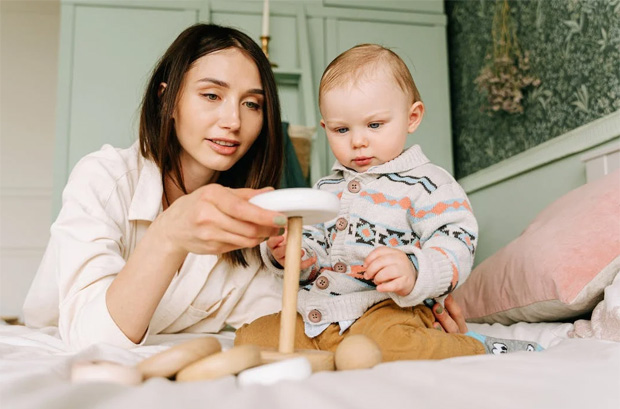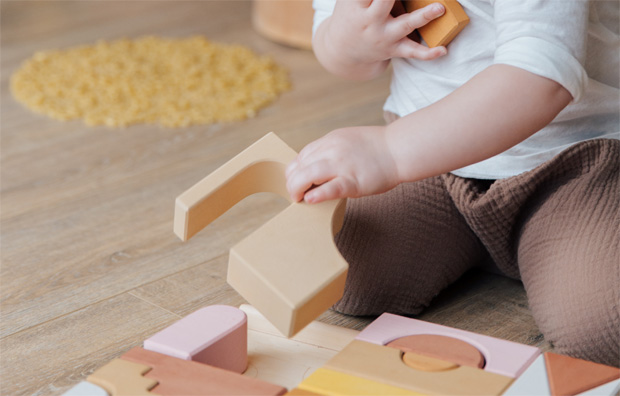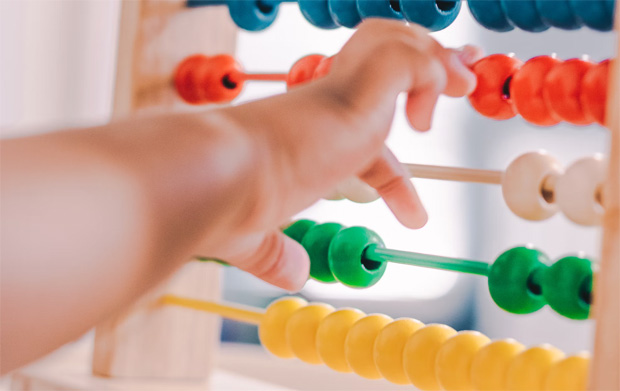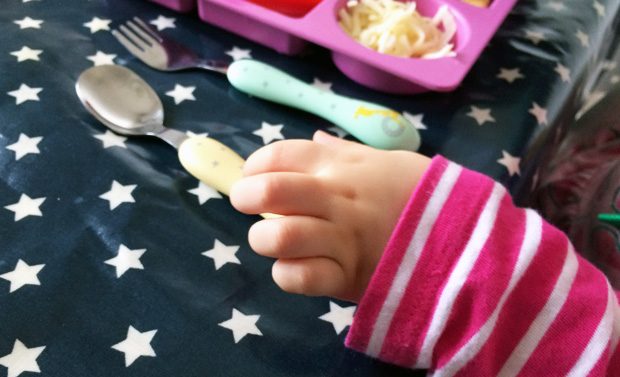Building Fine Motor Skills Through Play

Building Fine Motor Skills Through Play
We think we’re just good teachers. But children are now more active than ever before, and learning new skills is not always easy. Fine motor skills are necessary for performing tasks such as writing, painting, typing, gripping, and playing sports.
Fine motor skills are a combination of the ability to control and manipulate small objects, mental processing, and coordination. These skills can be improved through play. There is a variety of activities that will help children with fine motor skills improve, such as playing with blocks, using toy cars to build tracks, and making abstract drawings on paper or cardboard with markers or finger paint.
In this article, we’ll go into detail about how you can help children develop fine motor skills through play. Please keep reading to learn more about motor skills and their necessity in kids’ life.

- Improve Isolation Of The Fingers Through Play
Use a ball, a marble, or another small object to help your child while building fine motor skills by isolating and strengthening the fingers. Help strengthen the muscles of the hand and forearms by exercising regularly.
For example:
- Coarse gripping: use a paper towel, piece of wool felt, or paper to roll balls with or without finger pieces or pieces of unglazed ceramic tiles.
- Coarse hand movements: place balls on the ground and move them using only the fingers or use a small ball and try to move it using one finger at a time.
- Fine finger movements: loosely tie the fingers together using elastic bands and then try to untie them (make sure you do not have any elastics on your hands).
- Finger movements: try moving the fingers in different directions.
- Flexibility: while playing with a ball, make sure children move as many fingers as possible and stretch their arms and wrists.
Remember that you should always supervise your child’s activities and check if she’s playing alone or with other children or which objects she is using to improve her fine motor skills.

- Motoric Separation Of The Two Sides Of The Hands
Children can use their hands to enclose objects and hold objects. They need to learn how to use their hands in a coordinated fashion. This will be crucial when they have to perform tasks such as writing, painting, or playing sports. They need to be able to use the different sides of the hand for this purpose.
Children are usually well coordinated but sometimes, learning how to control their hands and work with more than one side of their fingers could cause problems. To help your child learn how to control and use the different sides of their hands, you should take them to different activities, such as playing with marbles or balls. Let them pick up objects from the floor with their fingers and hands, and ensure they hold objects before picking them up. Not only is it fun, but it will also strengthen their fine motor skills!

- Hand Dominance For Refining The Skills Needed To Perform Functional Tasks
Children often cannot control the different sides of their fingers when they have to perform tasks such as writing, painting, or playing sports. One way to help them improve their fine motor skills is to play with one hand while using the other for another task. For example, they can hold a pencil between their fingers and then write with the other hand.
Can you still remember how hard it was for you to hold a pencil when you were younger? But now it seems so easy and natural. Hand dominance is a learning process that helps children refine the skills needed to perform functional tasks. It is important for them to understand how to control their hands and fingers to perform simple activities that will arise during their lives. For example, they might have to use both hands when balancing something fragile.

- Precision Skills To Manipulate And Release Of Small Objects
Learning to hold small objects and manipulate them can be very challenging for children. They usually pick up objects using their whole hand, which causes their fine motor skills to stall. Here’s a good way to help your child improve their fine motor skills: use plasticine, dough, or clay to create different shaped objects, and allow your child to play with them.
In order for your child to perform basic functions such as holding objects or writing, she must improve her fine motor skills development. Make sure that you do not force your child to use his hands when it’s not necessary and that he is practicing these new skills at a moderate pace. Make sure that he has help from you to avoid frustration. Encourage him and praise him for his improvements.

- Pinch Strength And Control
Children need to strengthen the muscles on their fingertips, wrists, and hands to perform tasks such as gripping and releasing small objects. One of the best ways to help your child strengthen his fine motor skills is to play with different materials that will encourage him to pinch them.
To pinch is to hold something between your thumb and index finger. It requires a great level of control and strength. Pinching is very important for children learning to write or perform sports. You can show your child how to pinch objects using your fingers or give him small objects, such as balls or marbles, that he can easily grab.

The Bottom Line
Children need to practice and improve their fine motor skills to perform a wide range of tasks in life. It is recommended that you help your child play with different toys that will provide him with these skills.
The bottom line is that it’s important to pay attention to your child’s development of his fine motor skills and to ensure that he knows how to use them. However, don’t try too hard, as children are naturally creative, and your child might be doing something fun at the time. Don’t forget that you should always supervise your child’s activities and check if he is playing alone or with other children or which materials he is using.
Guest Article.




